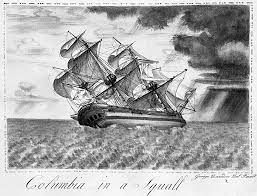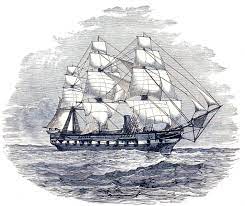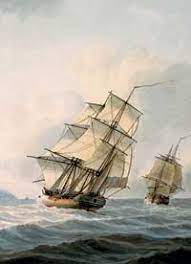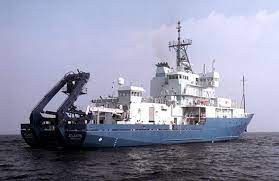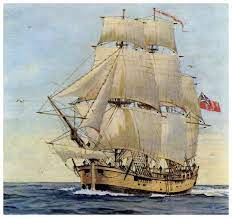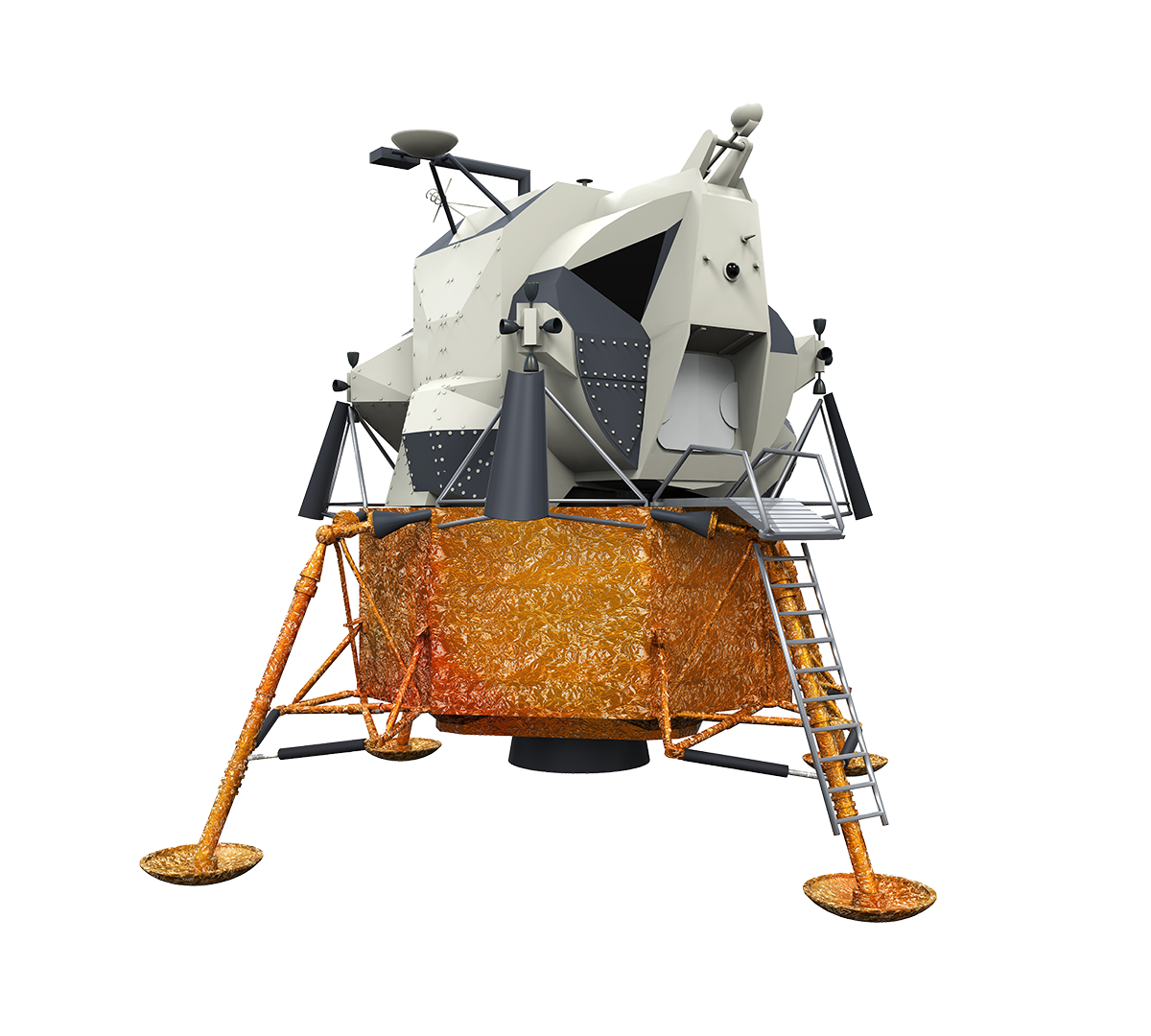Destined to achieve marvelous feats of exploration, the space shuttles served not only as symbols of man's defiance of gravity, but represented the fulfillment of our basic need for adventure. While many of us know what they went on to achieve, far fewer understand how, exactly, these technological marvels got their names.
In honor of science and exploration, five of the six shuttles were named after sailing ships that traversed Earth’s oceans in an effort to achieve new milestones for mankind. Like the shuttles, these vessels carried the men of their day to extraordinary lengths allowing the progression of knowledge of our world, as well as the boundaries of human exploration.
Enterprise: The first of its kind, space shuttle Enterprise was built as a test vehicle for the shuttle program. It purposefully lacked the engines and heat shields need to make it to make it into orbit. Unlike the five shuttles to follow, Enterprise’s unique name was chosen due to the efforts of sci-fi enthusiasts across the nation. The first shuttle’s name was originally chosen to be Constitution, but fate had other ideas. The shuttle's name was later changed to Enterprise after President Ford received thousands of write-in petitions asking for a name that honored the famed ship from the Star Trek television series. This was a decision that got the public excited for this new era space program with the hope that it would indeed, “Live long, and prosper.”
Columbia: Launching on April 12, 1981, space shuttle Columbia was the first vehicle of its kind to launch, orbit and safely return to earth. Fittingly, it was named after the Columbia Rediviva, which became the first American ship to circumnavigate the globe in 1789. At the helm was Captain Robert Grey. He sailed the Columbia from the northwest coast of the U.S, now Oregon, by way of China, down through the Cape of Good Hope, and eventually docked in Boston.
Challenger: This shuttle Launched on April 4, 1983 with the primary objective of deploying the first series of Tracking and Data Relay Satellites (TDRS). In its entirety, this satellite constellation revolutionized communication clarity between the shuttles and mission control. It was named for the HMS Challenger which fell under the command of Sir George Strong Nares. Between Dec. 1872 and May 1876 HMS Challenger sailed over 68,890 nautical miles in an effort to gather oceanic observations that ranged from temperatures, currents, depths, and even biological investigations.
Discovery: First launching on Aug. 30, 1984, space shuttle Discovery would fly the most missions out of the fleet, 39 total. Discovery is also responsible for launching the Hubble space telescope, and was the first shuttle to be retired by NASA. It is named after the HMS Discovery, one of the two ships led by Captain James Cook, who used Discovery while he explored Alaska and northwest Canada. At the Discovery’s helm, Cook became the first European to come in contact with Hawaiian Islands.
Atlantis: First launched on October 3, 1985, Atlantis carried several payloads for the U.S. Department of Defense over her lifetime. Atlantis was also the shuttle that pioneered Shuttle-Mir docking missions. The shuttle was named after the Atlantis, which served as the primary research vessel operated by the Woods Hole Oceanographic Institution from 1930 to 1966. Missions carried out on this vessel focused on collecting water samples and studying marine life as well as mapping the ocean floor using electronic sounding devices.
Endeavour: This was the last shuttle built and was used to replace Challenger. Launching on May 7, 1992 some notable moments in this shuttle's history include repairing the Hubble by installing “contacts” and performing a three man EVA to catch and repair a broken satellite. This shuttle was named for the HMB Endeavour, another ship captained by James Cook. Like the HMS Discovery, HMB Endeavour was another research ship that took Captain Cook around the globe. Most notably Cook used Endeavour to sail the east coast of Australia, charting it for the first time. The HMB Endeavour is now believed to lie in her final resting place in Rhode Island's Newport Harbor.

